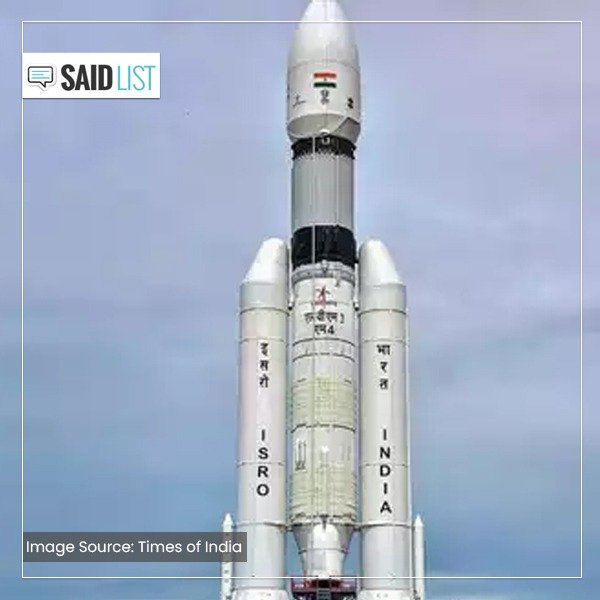With a reading of 333, Delhi’s average air quality index remained in the “very poor” zone on Sunday, as reported by the Central Pollution Control Board (CPCB).
The data from the pollution control agency showed that, one location had air quality readings in the “severe” zone, with AQI levels exceeding 400. The worst AQI reading was 432 on Sunday in the Nehru Nagar area, followed by 380 in Mundka, 380 in Wazirpur, and 372 in Anand Vihar. ANI captured the visuals from Kartavya Path on Monday morning.
The CPCB claims that exposure to the “severe” category of AQI has an adverse effect on both healthy as well as unhealthy individuals and long-term exposure to “very poor” air quality might increase the risk of respiratory ailments among individuals.
Indian Institute of Tropical Meteorology (IITM) said on Sunday, “The air quality is likely to remain in Very Poor category from 18.12.2023 to 20.12.2023 The outlook for subsequent 6 Days: The air quality is likely to remain in the Very Poor to Poor category”.
The city is carrying out all of its anti-pollution measures that includes water sprinkling alongside roads, automated sweeping, firing anti-smog cannons near hotspots, and other preventive measures.
All over Delhi, there was a routine inspection was conducted for the polluting vehicles for their valid Pollution Under Control certificates.
As directed by the Commission for Air Quality Management (CAQM), the city and the NCR region are still subject to the Graded Response Action Plan (GRAP) stages I and II.
The government is also monitoring the dust-prevention measures in the city put in place at the key construction sites, and efforts are also being made to curb the burning of biomass and vehicle pollution.
One week before, the situation was same for Delhi Air Quality Index. One of the netizen posted on twitter, “No stubble burning in Punjab now. The AQI in Delhi is still dangerous. Delhi residents will blame everyone but themselves for the pollution.”
Supporting the fact, another netizen posted the reason for this dangerous AQI in Delhi, “Delhi’s size is only about 1600 Sq Km i.e 40km×40km. Its population is already over 2 crore and daytime population is even higher. Humans emit CO2 when they breath out, add cars, trains, planes, construction and it becomes a deadly cocktail.”











